
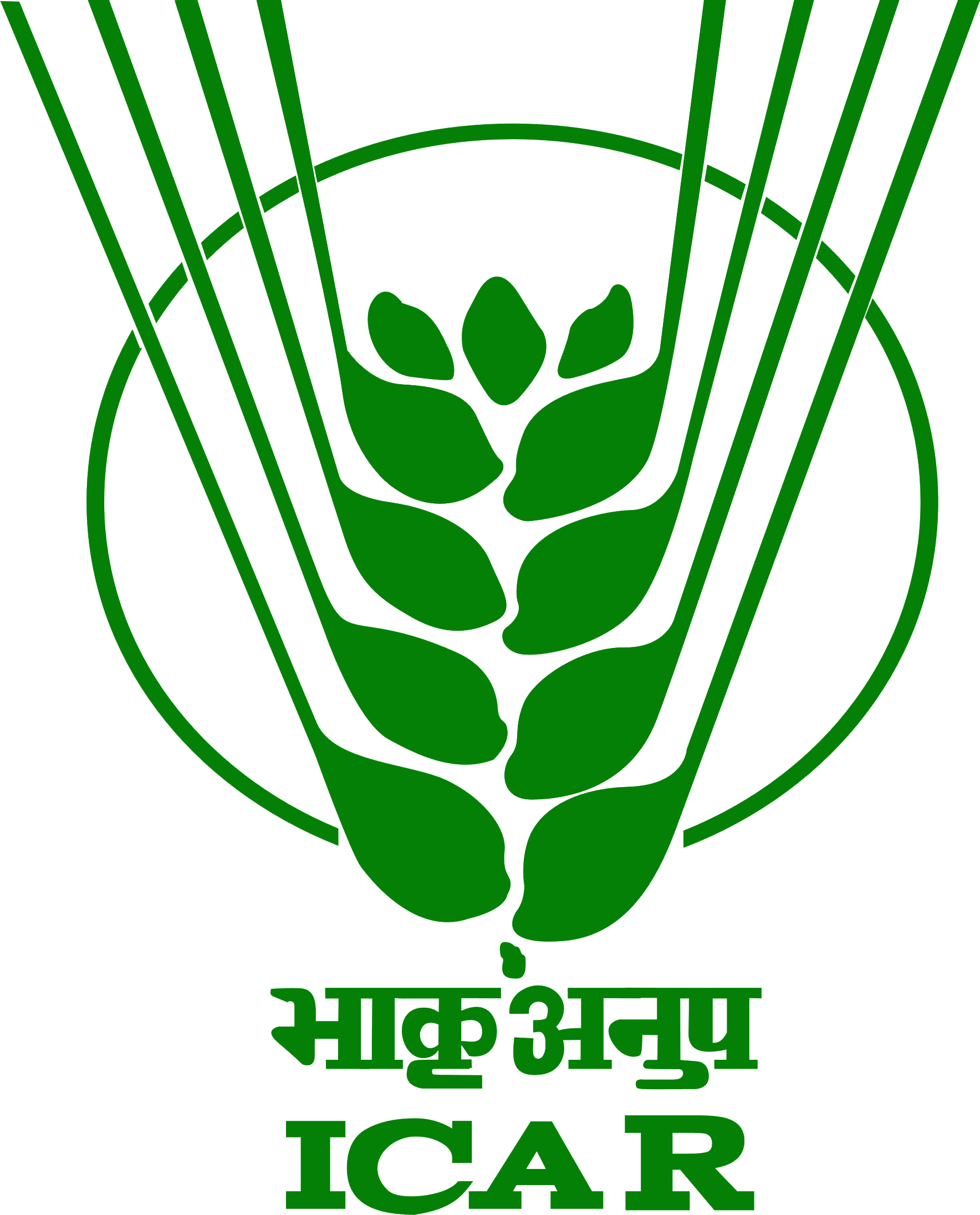
All India Coordinated Research Project on Goat Improvement
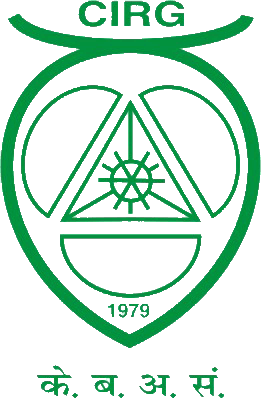

Select Language
|
 |
 |
All India Coordinated Research Project on Goat Improvement |
 |

|
| AICRP Origin | ||||
The All India Coordinated Research Project on Goats was initiated during the IVth Five Year Plan with the main objective to develop new genotypes involving crossbreeding of native goat breeds with high yielding exotic breeds in order to improve the efficiency of production of meat, milk and fibre. This programme continued upto VIIth Five Year Plan. With the experience gained and information generated, it was considered necessary to improve the native goat breeds, which are well adapted to the local environment and managemental systems in their natural habitat. The present scheme on Goat Improvement was, therefore, conceived and initiated during VIIIth five years plan with the main emphasis on meat production through selection within breed. The programme was based on involving the flocks maintained at the Institutional farms (nucleus herd) and village flocks maintained by the farmers. The farm units consisting of Institutional flocks maintained under organized farm conditions include Jamunapari, Barbari and Sirohi breeds. Field units are based on the flocks owned by the farmers maintained under village management system in the native home tracts and it includes Jamunapari, Marwari, Sirohi, Sangamneri, Surti, Black Bengal, Malabari and Ganjam breeds.
The technological interventions consistof animal identification, pedigree and performance recording, genetic selection within the breed, preventive health care, improving management practices of goats reared in various agro-climatic systems, nutritional inputs, capacity building of farmers and marketing at farmers door on sizeable population. The technical programme therefore, aims to produce genetically superior true to breed type goats for increased body weight, growth rate, milk yield and fecundity. Presently, Goat breeds covered are Black Bengal,Ganjam, Jamunapari, Malabari, Marwari, Sangamneri, Sirohi and Surti breeds. During XIth and XIIth five year plans, eight more field units on different goat genetic resources viz. Andaman Local, Assam Hill Goat, Black Bengal in Jharkhand State, Changthangi, Gaddi, Himalayan Goats, Osmanabadi, and Uttarakhand goat were added and for the first time, an NGO, Nimbkar Agricultural Research Institute, was included as an AICRP centre.The results accrued from this Project indicated that there has been a substantial improvement of goats with respect to meat and milk production in the farmers flocks of different breeds. This has also popularized the goat rearing in different parts of the country. Historical Background: The AICRP on Goats was launched in 1971 in the IV five year plan period with the objective to improve the production performance of goats in country as well as of evolving high yielding genotypes for increasing the production of milk, meat and fibre.
At the initial stage, there were two separate projects known as AICRP on Goats for milk and AICRP on goats for pashmina and mohair. The coordination centers of the projects on milk and fiber were allocated at NDRI, KARNAL and IVRI, Mukteshwar respectively.
Subsequently, both the projects were amalgamated into one project with effect from 1st April, 1974 along with a third component i.e. AICRP-Goats for meat. In V five year plan, this project was re-designated as All India Coordinated Research Project on Goats (for milk, meat and fibre) and the coordination center was located at CSWRI, Avikanagar under the responsibility of Dr. R.M. Acharya, Director of the Institute. It was shifted to the National Goat Research Center (IVRI) Makhdoom in October. 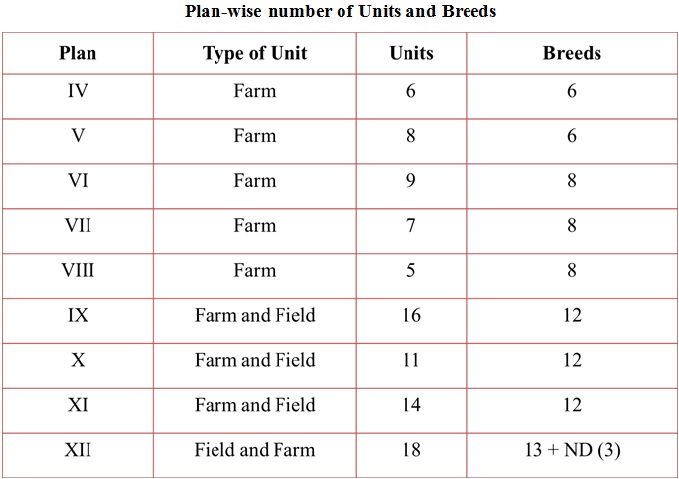 There were 9 research units functioning tinder this project in the Sixth Plan Period in different parts of the country representing different agro-ecological zones. The All India Coordinated Research Project on Goats (for Milk Production) is located at the National Dairy Research Institute, Karnal and Kerala Agricultural University, Trichur. The average milk yield of the crossbred genotypes (3,14th Saanen 1/4th Beetal) produced at N.D.R.I., Karnal unit was 399 kg in a lactation period of 296 days. The magnitude of improvement was 104 per cent over the indigenous dam breed Beetal. The highest milk yield recorded was 792.7 kg. At the Kerala unit, 9 different genetic combinations of Saanen and Alpine with the indigenous dam breed Malabari were tested. The crossbreds with 75% Alpine inheritance were the highest yielders exhibiting 84 % improvement over native Malabari. 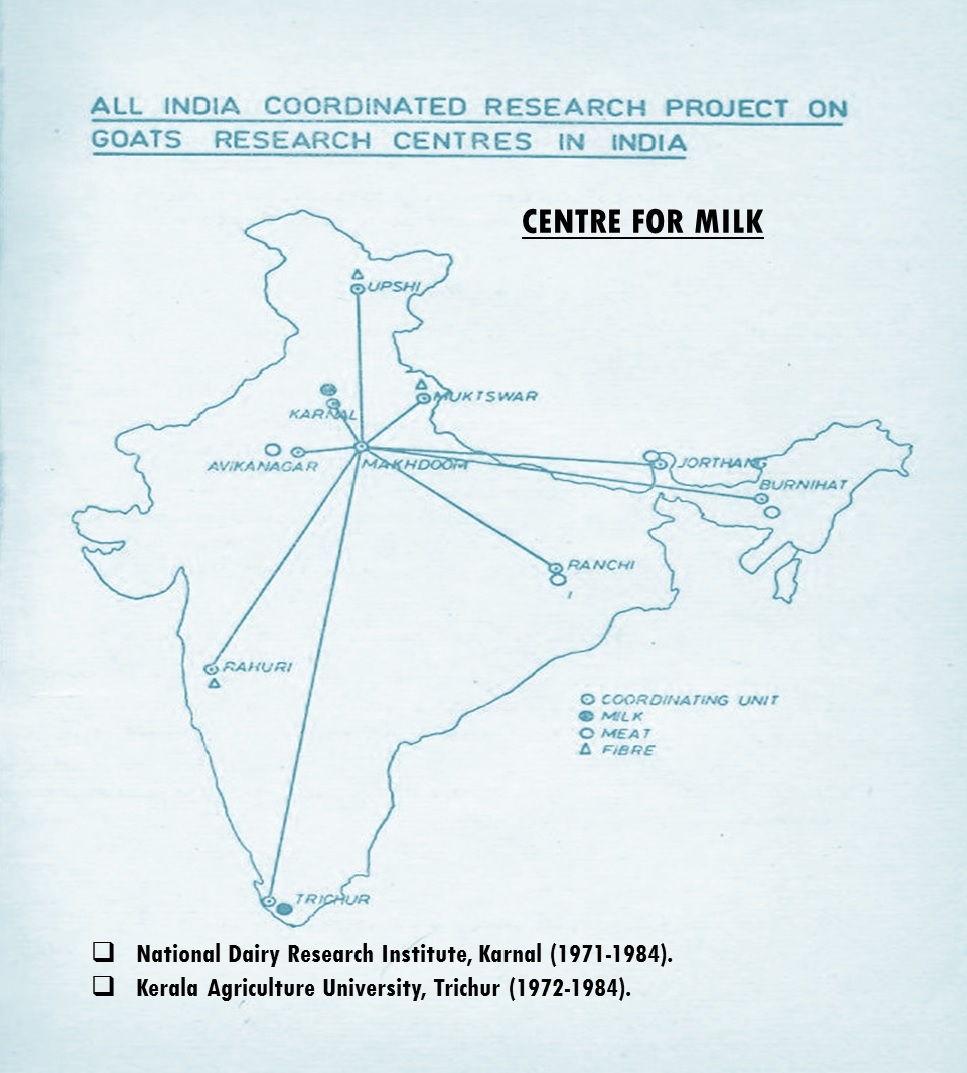 The All India coordinated Research Project on Goats (for Meat Production) is located at 4 places viz. Central Sheep and Wool Research Institute, Avikanagar (Rajasthan); Birsa Agricultural University, Ranchi; Assam Agricultural University, Burnihat and Sikkim Animal Husbandry Department, Jorethang.
Three unexplored indi-genous goat breeds viz. Jhakrana, Marwari and Kutchi were tested at C. S. W. R. I. for their meat production potential. Preliminary analysis revealed that Jhakrana and Kutchi were much superior to Marwari in growth. The difference between the former two was non-significant (P < 0.05) with respect to milk production and prolificacy. 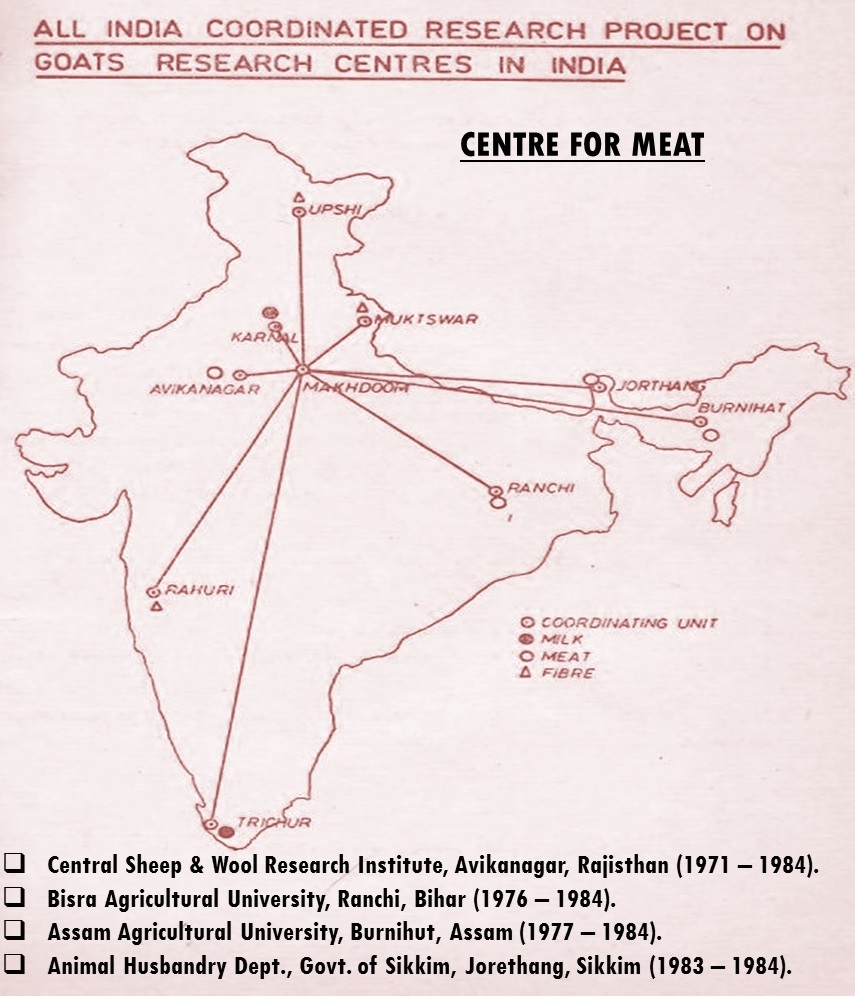 The crossbreeding between Beetal and Black Bengal at Birsa Agricultural University, Ranchi showed an improvement of 50% in 6 months body weight. The Jamunapari X Black Bengal crosses could attain 14.7 kg body weight at 6 months of age as against the target of 15 kg for this centre. The improvement in milk yield was 11.7% over purebred Black Bengal. Beetal X Assam local crosses generated at Assam Agricultural University, Burnihat unit was superior than the native goat in body weight as well as feed conversion efficiency. 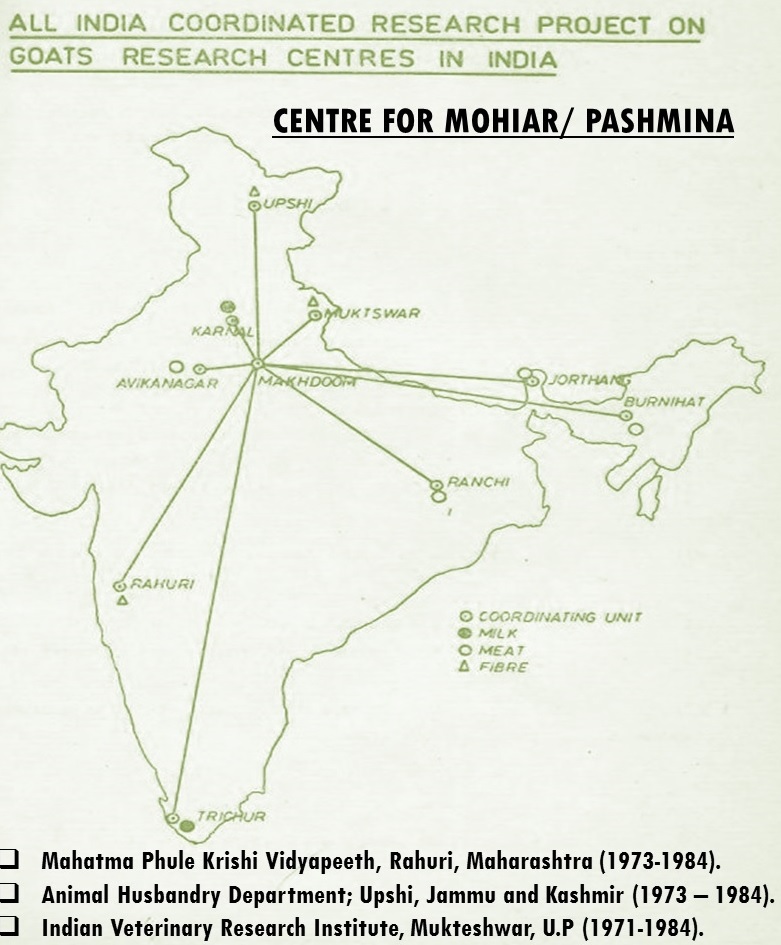 The All India Coordinated Research Project on Goats (for Mohair Production) located at M. P. A. U., Rahuri has evolved a strain of mohair goat out of the crossing of exotic Angora with the local goats. This newly evolved strain is capable of producing 1.5 kg of Mohair at 87'5% exotic inheritance level. This genotype is considered to be very suitable to serve as the base line for evolving 'INDIAN ANGORA'. 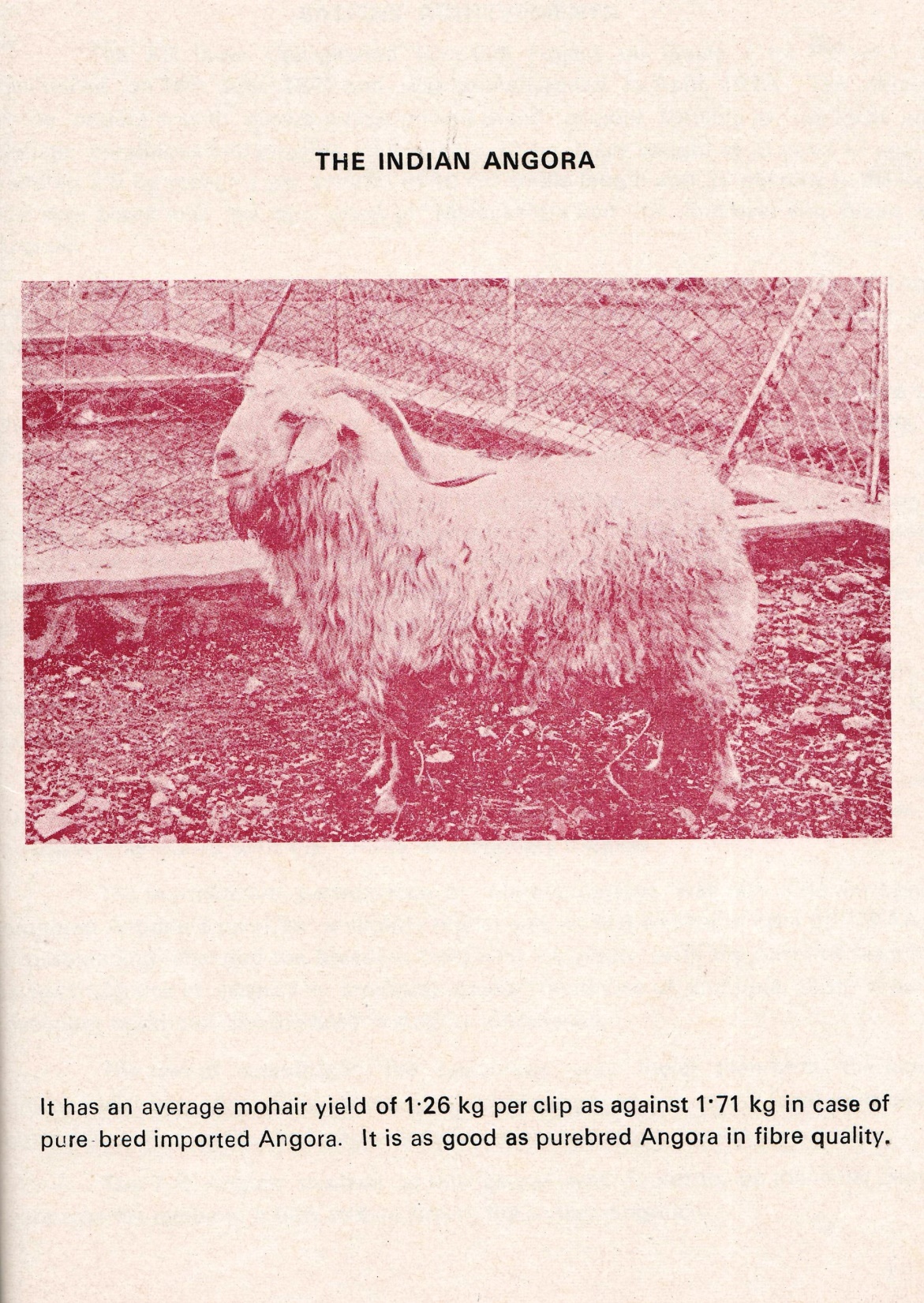 The All India Coordinated Research Project on Goats (for Pashmina Production) is located at the Indian Veterinary Research Institute, Mukteswar and Jammu and Kashmir Animal husbandry Department, Leh-Ladakh. Research on Pashmina production of Chegu breed conducted at 1. V. R. I., has shown that average pashmina yield increases with the increase in age (102.8 to 128.6 gm), whereas fibre fineness remains almost un-altered (13.3 to 33.9 micron). The average pashmina yield of the Changthangi breed maintained at Leh - Ladakh could improve from 146 gm to 220 gm per annum as a result of mass selection technique adopted at this unit.
|
All India Coordinated Research Project on Goat Improvement Copyright © 2017 PC Unit, ICAR - CIRG, All rights reserved |
Visitor number: 49797 Developed by Shantanu Singh
Last Modified: 07 Apr 2019 |